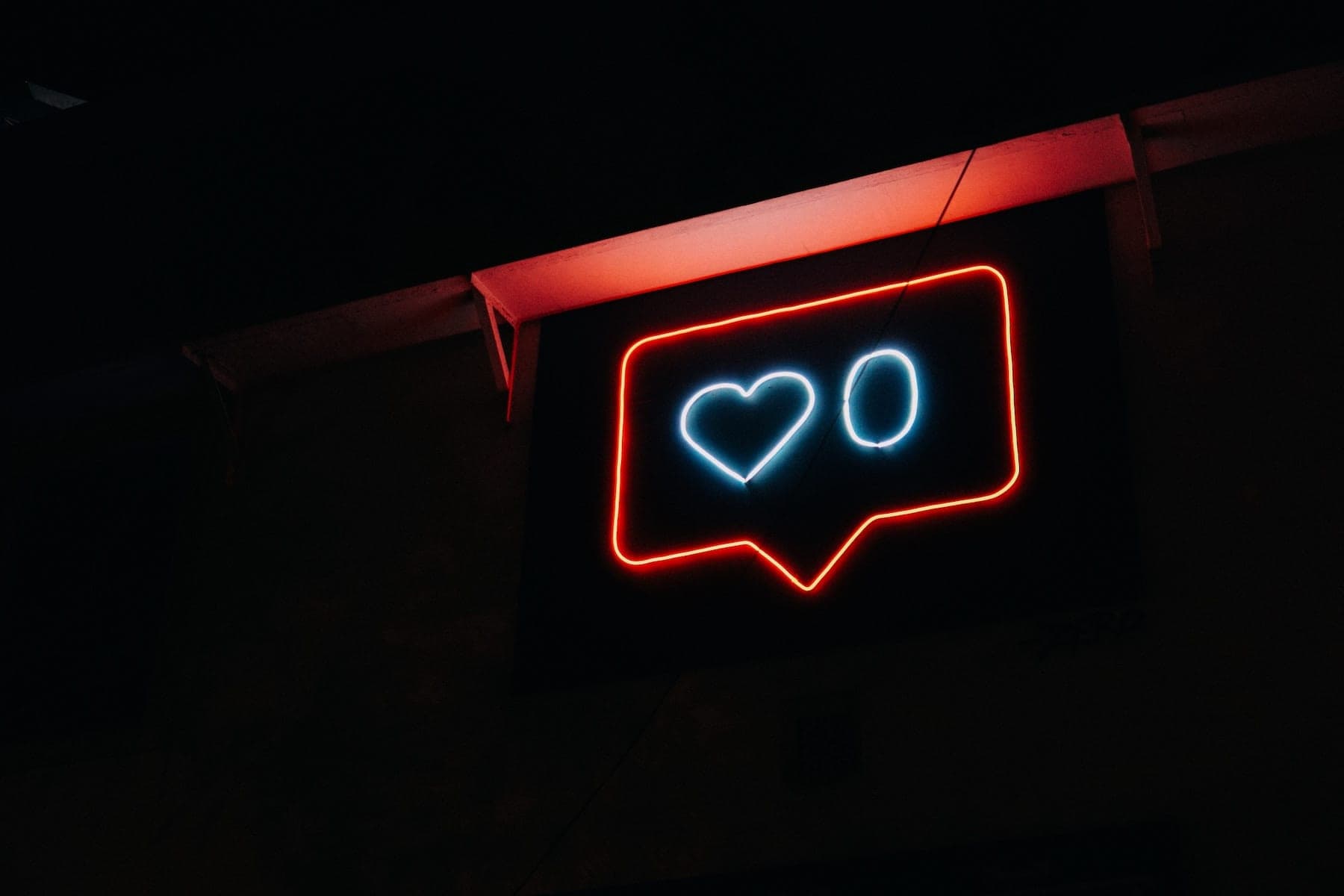You’ve probably heard the news: Instagram is in the process of removing like counts from posts in the Instagram feed.
At first blush, this might appear to be a massive change. They’re removing one of the most recognizable elements of social proof that’s ever existed. Likes are the way that we measure the world’s most popular posts, they’re a core element to engagement metrics, and they’re the easiest way to react to the people we follow.
It is a bold move, to be sure.
But it is an understandable one.
For I believe social media has already shifted away from the Like as the primary social currency. Yes, the era is of the like is ending, hastened by Instagram’s decision.
But the new era is already here.
And it will be defined by attention.
Keep reading to hear more about how user behaviors have changed and what marketers can do to adapt to the new environment of engagement and attention on social media. We’d love to hear your thoughts, too!
The New State of Social Media Engagement
How “liking” has evolved on social media
The “like” used to be very strong social currency.
We used it to measure popularity for, say, the top tweet of all-time or the number one Instagram post.
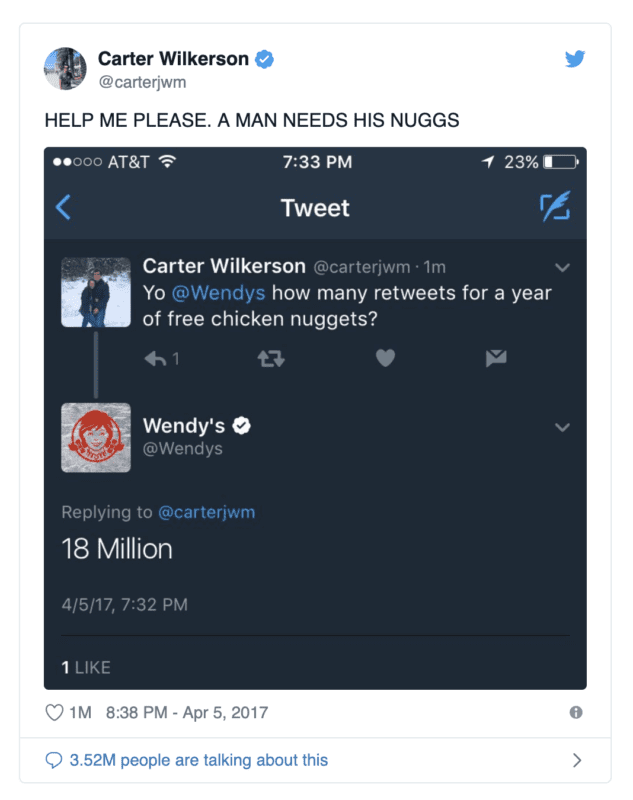
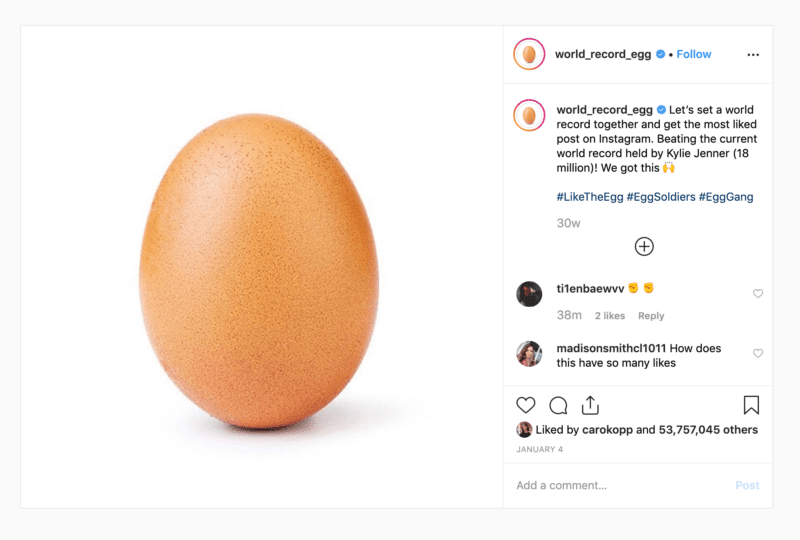
We used it to measure the popularity of our own stuff, too, lumping likes together with comments and shares and clicks to form an overall engagement number. Influencers certainly put the like to good use, making it a key part to the appeal of their impact and scope. The more likes, you would assume, the more interest.
But it’s also possible that the like was never really the right solution from the start.
The core challenge with liking is that everyone uses it in a different way.
As Chris Taylor writes in Mashable:
The like button has acquired a panoply of meanings in the social realm. It can be used variously to mean yes, I agree, I hear you, sure, why not, I guess. It can be used as a bookmark. And that’s just scratching the surface; there are a whole bunch of other reasons, personal and political, why we might be giving you a heart or a thumbs-up.
To recap Chris’s list, a like can mean:
- “Yes, I agree”
- “I hear you”
- “Sure, why not”
- “I guess”
- Bookmark
- And many, many more
I’ve personally used the like to say “This is great” and “kthanksbye” and so many other random reactions. I’ve used it as a read-it-later reminder. I’ve even used it as a mechanic in automation recipes, sending liked posts to spreadsheets.
Likes have been co-opted by communities to mean different things in different contexts. For the most part this is healthy and normal. However, in some cases — for instance, when like-chasing affects mental well-being and self-worth — likes can be dangerous.
The New Engagement Metric: Attention
But moreso , likes have diminished in importance because our behaviors have changed.
We no longer need likes to signal that we are into someone’s content.
We have so many ways to signal engagement now:
- Old standards: reshare, comment, click
- Referral traffic that can be tracked throughout the customer journey
- Shopping on Instagram, Pinterest, and other social sites
- Following the brand
- Deep-diving a feed
- Checking out profiles and stories
And the list goes on and on.
This new era of attention is seen really clearly in the proliferation of Stories and in the way we talk about Stories analytics. When we talk about Stories, we gauge engagement with metrics like:
- Reach
- Completion Rate
- Exits
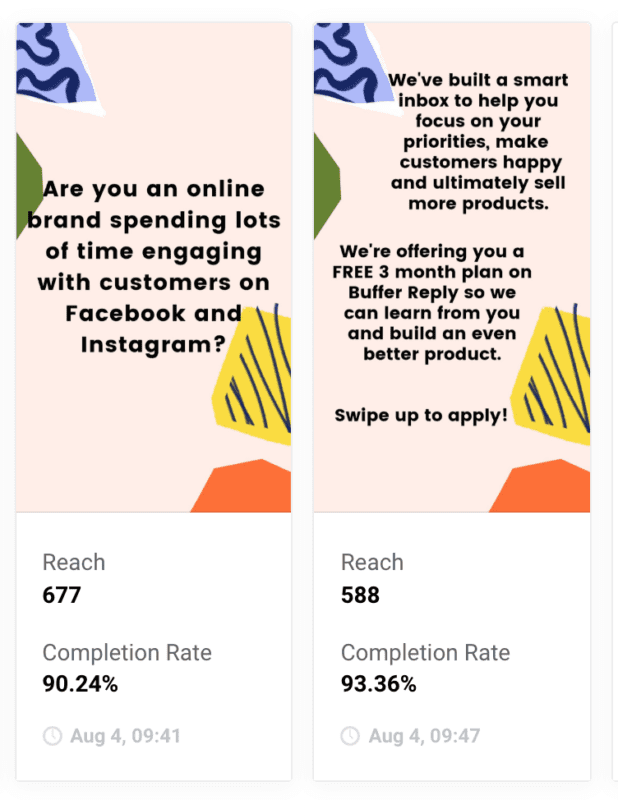
What we’re really measuring here is how well our content is resonating with our audience. Is it engaging? Is it worth watching? We’re also measuring the affinity of the brand; people are more likely to stay and watch a Story from someone they trust and enjoy.
We also have metrics like video watch time where we can see precisely how long people have stuck with our videos. In the past, a video might have received a like, which tells us very little about whether or not someone stuck with our content til the end. Now, we have stats like Audience retention (a core stat on YouTube) that shows you where exactly people drop off from your videos.
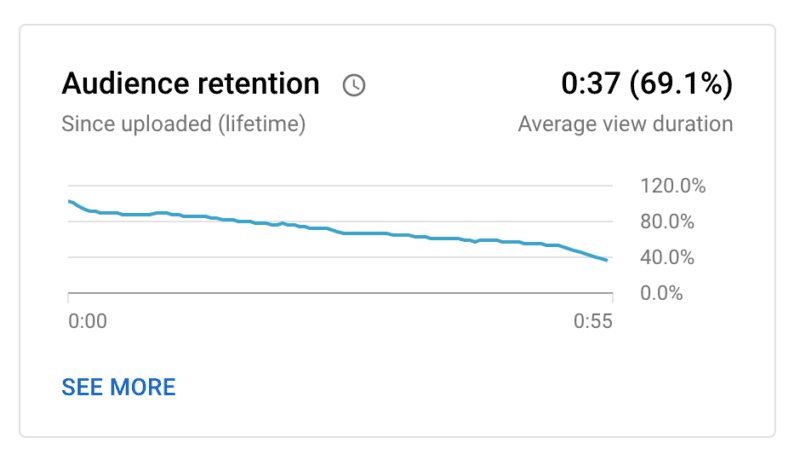
Same goes for algorithms. Likes were definitely a signal of engaging content — but they were one signal of hundreds, maybe thousands. Algorithms take into account so many more data points when they calculate what to show next. Instagram and Facebook and Twitter and Pinterest, they can all assess how long we pause on certain posts, where we hover and what we click, even what our history of attention has looked like with a certain page or profile.
The like was a way to show we were aware of what was happening in our feeds (even if barely). Now, we have so many more ways to measure our attention.
What this means for marketers
The good news for marketers is that, while likes are fading into the background, your key stats have probably already shifted. You’re ahead of the curve.
(To be clear, your audience will still be able to like content on Instagram, and those like counts will be visible within your analytics. Just the like count in the feed is going away for now.)
When you think about successful social media content these days, you are already thinking of it beyond the lens of generic metrics like the number of likes you get. Yes, likes are a signal (one of many). But there is just so much more data available for social media managers now.
Your reporting dashboard will probably be unique for your brand. I bet it will include some combination of these attention metrics:
- Completion rate for Stories
- Video watch time and audience retention
- Referral traffic and attribution
- Engagement rate (total interactions divided by reach)
At the end of the day, when you use likes for measuring, what are you really measuring?
As we saw above, there are myriad ways that likes are used. You can guarantee that someone saw your post, yes; but beyond that, it’s a bit of a mystery.
What’s more actionable for your brand will be measuring attention. People give attention on social media in many different ways.
Now that we can measure so much of it, the era of attention has arrived for social media marketing.
Over to you
- How will the removal of like counts affect your brand?
- Do you agree that attention is the next big thing? How are you measuring this already?
It’d be great to hear your take! Feel free to get in touch with us on Twitter to share your thoughts.
Try Buffer for free
190,000+ creators, small businesses, and marketers use Buffer to grow their audiences every month.

